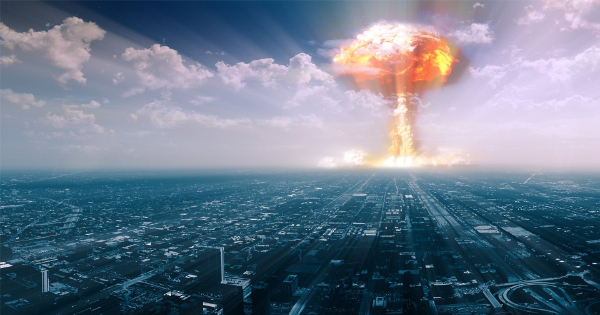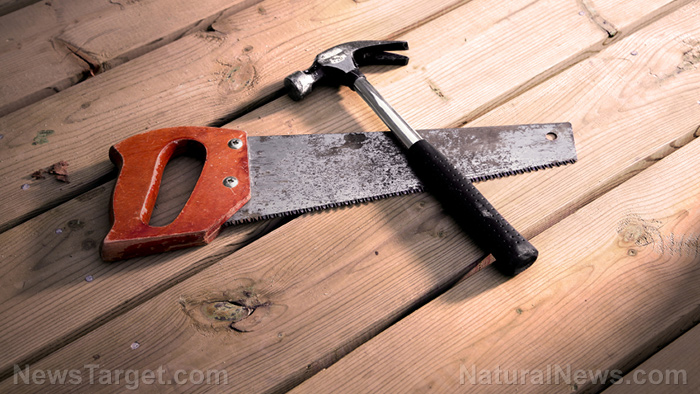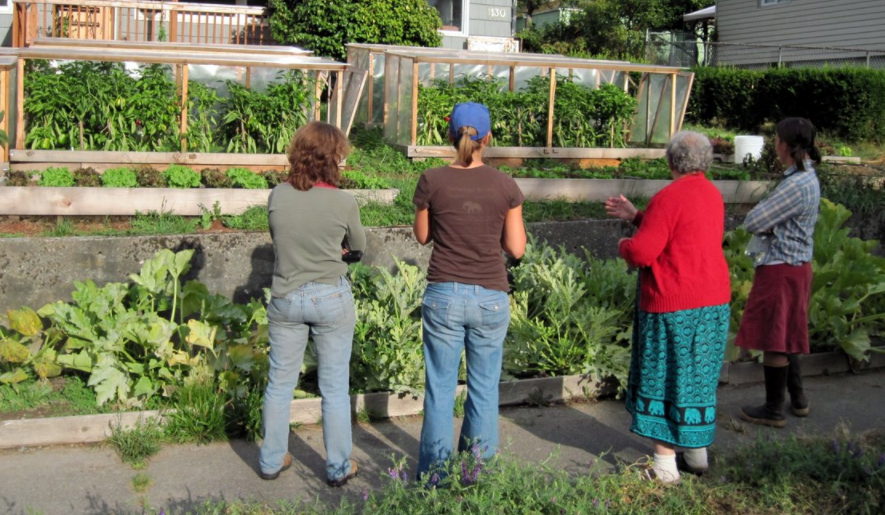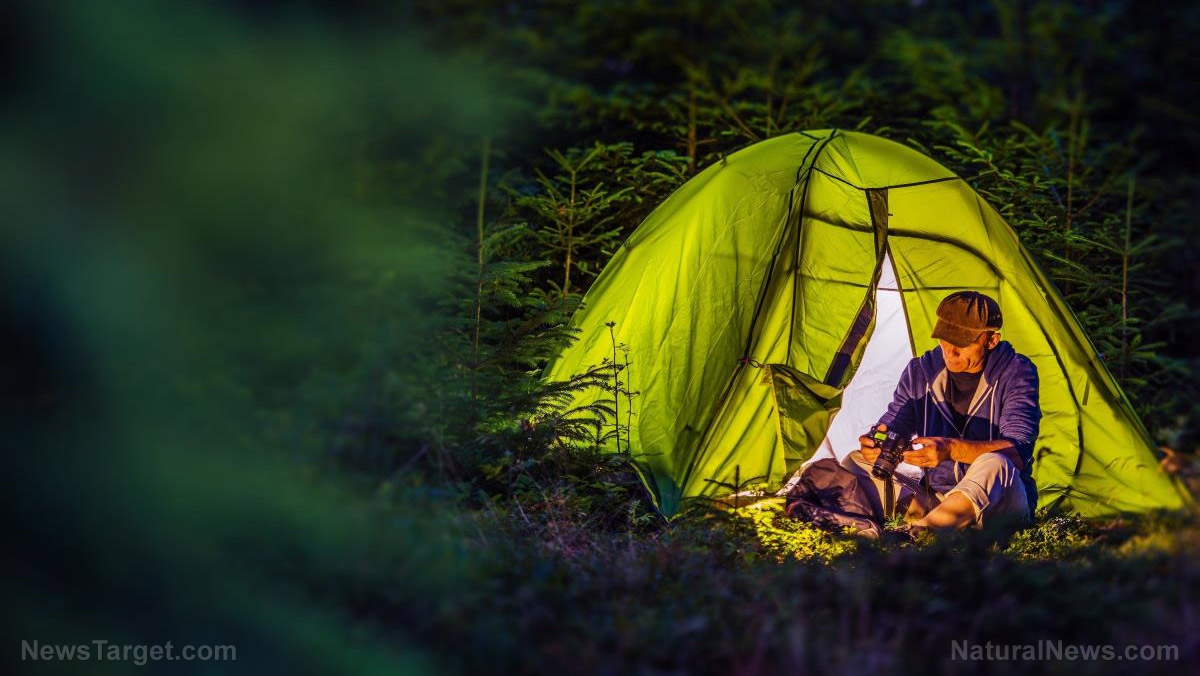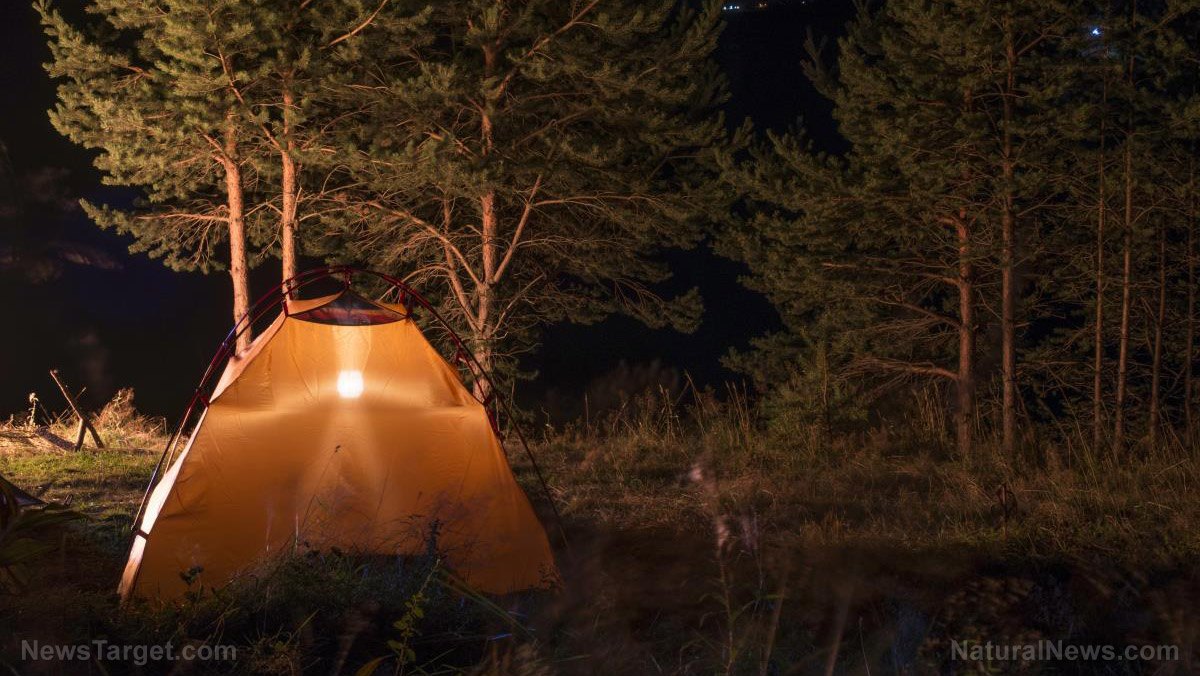Survival essentials: 11 Ways to communicate after SHTF
10/19/2022 / By Zoey Sky
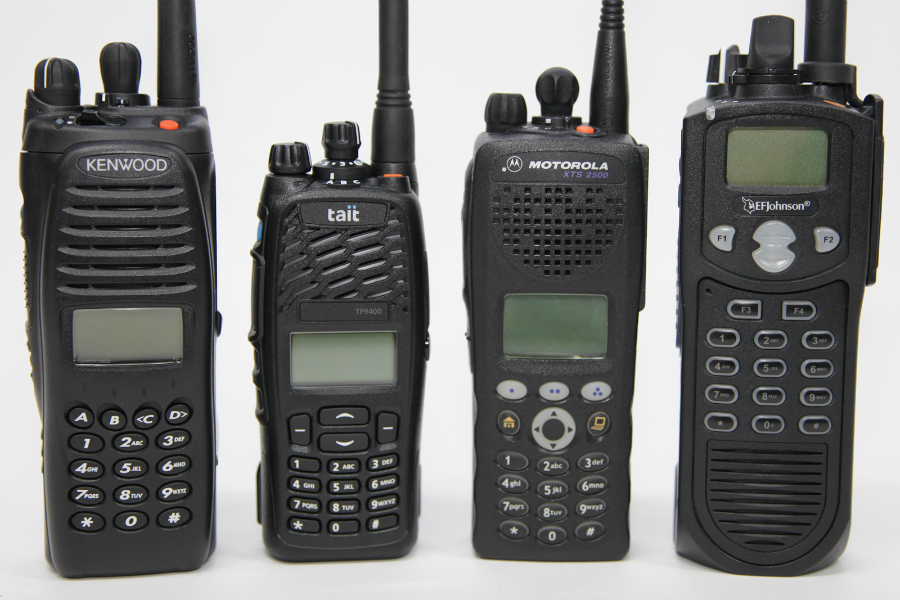
You need to be prepared for global disasters like pandemics, supply chain problems or the possibility of a nuclear war.
If parts or all of the power grid goes down, do you have a way of getting in touch with your loved ones? If the answer is no, it’s time to invest in a low-, medium, or high-tech method of communication like a signal mirror, walkie-talkies or a ham radio. (h/t to HomesteadSurvivalsite.com)
During a large-scale disaster, you might not be able to get updates by turning on the TV or radio for news or checking your phone to see what is happening. After SHTF, communication will be vital so you can find out what is happening in your community.
People have been communicating with each other for many years even without a centralized power system. The methods detailed below may seem old and outdated, but many of them will come back to the forefront after SHTF.
Here are 11 ways to communicate after the grid goes down.
High-tech comms options
These methods of communication require some kind of prior knowledge, licensing or money to purchase and use when disaster strikes.
CB radios
The Citizens Band Radio Service or CB radio is a great option for communicating locally within your area. A CB radio doesn’t require a special license to own and operate, but there are some rules that you should be aware of.
A CB radio has 40 shared channels that are lower powered than other radio options. You can only communicate within 155.3 miles away from your location, but some signals may skip longer distances due to the ionosphere.
When selecting a CB radio for your homestead, invest in a high-quality antenna that will help improve your reach. You can buy a mobile professional-grade CB radio for your vehicle for about $120 or get a handheld option for about $100.
Mobile CB radios are powered using the battery in the vehicle, or you can purchase some adapters that will let you tap into the car’s power system.
Home-based CB radios can be powered using a base unit battery or a 12-volt power supply. Another option is to get solar-powered chargers for continuous power when the grid is down.
Compact satellite communicator
If you prefer high-tech communication methods, consider getting a compact satellite communicator like the Garmin inReach Mini.
This device has two-way communication options and tracking, as well as SOS capabilities in case of an accident. The Bivy Stick (SAT123.c0m, a sponsor of Brighteon) sends text messages via satellite, which may be helpful when the power grid is down in your area but not globally.
Some devices like the Garmin inReach Mini are more expensive at $350, and it also requires a monthly subscription. There is a limit on how many text messages you can send. The device’s lithium-ion battery can last up to 14 days in default mode. (Related: Survival essentials: How to communicate after TEOTWAWKI.)
Ham radios
Amateur radio or ham radio is a great way to communicate with others after SHTF.
Ham radios allow operators to talk with people worldwide without the need for smartphones or the internet. Note that due to their distance abilities, ham radio operators need a license to operate a station officially.
The FCC regulates the radio frequencies used by ham radio operators called Amateur Bands. Ham radios are crucial because they have been used to assist others and in emergency services after disasters have shut down the usual communication methods.
The license costs about $40, and you are required to take a test to get your license. After receiving a license, you will spend at least $200 to get a ham radio.
There are six types of licensing classes that will help you grow your skills and abilities with the ham radio. A ham radio is powered with a 12-volt DC, power bank or solar power with the right equipment.
Many preppers and homesteaders prefer to use a ham radio as a communication method because it is more powerful and can reach people worldwide.
Satellite phones
When the grid goes down after SHTF, you might not be able to use your smartphone to communicate. This is where a satellite phone may come in handy since cell phones need cell towers that rely on electricity to receive and relay signals between phones.
Meanwhile, satellite phones or sat phones bounce signals off orbiting satellites instead of cell towers on land. The communication satellites are constantly spinning around the Earth in either High Earth Orbit or Low Earth Orbit.
However, satellite phones are expensive and may cost around $600 to $2,000 each. Additionally, sat phones have a per-minute fee and monthly service fee.
Sat phones are charged with a battery. You can buy a solar charger for them to make it easy to keep the phone ready for use after SHTF.
Medium-tech comms options
These communication tools require some power, but are also very user-friendly and rather easy to master.
Emergency radio
A handheld emergency radio with a hand crank is small enough to pack but can connect you to local radio channels in your area for information after a disaster.
A radio can’t send communication, but it will help you stay updated. If you have a hand crank radio, you can power the radio with elbow grease if the power goes out.
Morse code
Morse code may seem outdated, but knowing and understanding Morse code could save your life if you are dealing with a survival scenario.
Morse code is a system of dots and dashes that equal a specific letter of the alphabet. These dots and dashes are used together to spell words that don’t require verbal communication.
Morse code is usually transmitted via electrical signals, but the code can also be used in non-audible forms of communication. You can use Morse code with a light, or any tool that can quickly be turned on and off or opened and closed like a flashlight or a bright room with window blinds.
Before SHTF, memorize the code and practice with others to build your skills and keep this form of emergency communication handy.
Walkie-talkies
Walkie-talkies are considered outdated, but they are a great option for communicating without a power grid. A good walkie-talkie model can be used to communicate with others about 30 miles away, making it an essential part of getting local information.
Walkie-talkies don’t require any kind of paid service or signal and you can quickly talk to others after pushing a button. They are easy to use and reliable as long as the battery is charged and there is someone at the other end who is listening.
You can improve the reception from a walkie-talkie if you know the surrounding topography and can transmit from a higher location. Buy a pack of two walkie-talkies or expand to a larger set if you have family members that don’t live in the same home but are near enough within the 30-mile range.
Walkie-talkies are powered by batteries that can be charged using a base charger. However, when the power grid goes down, you need a solar power charging option to keep the units charged.
Low-tech comms options
When the use of any kind of modern technology isn’t an option, these low-tech options can be used to communicate with others.
Fire and smoke
Fires are a low-tech form of communication, but it is a basic way of showing others where you are. When SHTF, you can use fire and smoke to show others nearby your current location.
Signal mirror
A signal mirror or any object with a shiny surface that can be used to bounce sunlight may be useful in an emergency.
A signal mirror is small and can be used to alert others about your location when you can’t use sound or the power grid. While you need sunlight to work a signal mirror properly, you can still reach others even if the sun isn’t too bright.
Signal mirrors can also be used to start a fire by bouncing the sun’s rays to a specific point.
Whistle
A whistle can be used to signal others if you are outdoors and need to be rescued. If you are going camping or hiking, make sure you always have a whistle on your bag as an emergency communication tool.
Whistles can usually be heard up to a half mile away.
Written word
After SHTF, the written word is another low-tech option for communication worth considering. If you get separated from your family, leave them a note somewhere so you can keep in touch if you miss each other at your chosen meet-up area.
If you don’t have a pen and some paper, look for other ways to write like carving into a tree with a knife.
Before SHTF, make sure you can communicate with your family and friends by investing in reliable communication tools like a ham radio or a sat phone.
Visit SurvivalGear.news for more information about other useful tools.
Watch the video below about 10 basic SHTF gear for preppers.
This video is from the Survival 101 channel on Brighteon.com.
More related stories:
Water, gardening, community and more: 11 Important tips for preppers.
Urban prepping: 10 Ways to prep in the city.
Sources include:
Submit a correction >>
Tagged Under:
bug out, CB radio, Collapse, disaster, Gear, ham radios, how-to, off grid, preparedness, prepping, radio communication, radio devices, satellite messenger, SHTF, survival, survival communication, survival essentials, survival gear, tips
This article may contain statements that reflect the opinion of the author
RECENT NEWS & ARTICLES
COPYRIGHT © 2017 PREPAREDNESS NEWS



